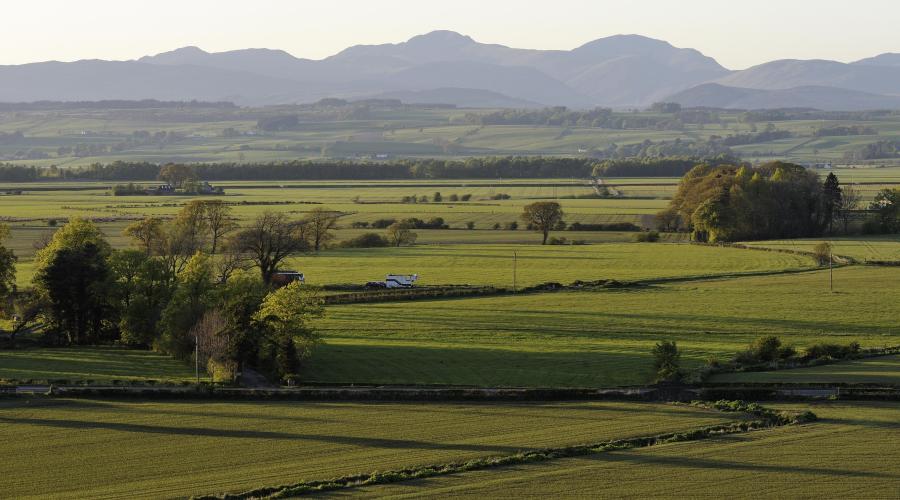
Natural Capital Assessment Tool - A Whole Farm Approach
Learning resources for farmers and crofters
Farmland Features - thematic documents
- Arable - pdf | web version
- Grassland - pdf | web version
- Heath and Peatland - pdf | web version
- Hedgerows - pdf | web version
- Water Margins - pdf | web version
- Woodlands and Trees - pdf | web version
Farming Case Studies
- Wetland restoration for animal health - pdf | web version
- Resource efficiency - pdf | web version
- Cover crops to improve soil condition - pdf | web version
- Matching carrying capacity and profitability - pdf | web version
- Integrating livestock in arable rotations - pdf | web version
- Hedge planting to improve farm productivity - pdf | web version
- Native breeds in crofting - pdf | web version
- Peatland restoration - pdf | web version
Farming with Nature - Natural Capital Assessment Tool Pilot Project Introduction with Kirsty Hutchison.
View videos of farming participants and habitat condition guides.
NatureScot has developed a tailored tool to enable farmers, crofters and other land managers to carry out a Natural Capital Assessment on their land. Measurements and identifications are based on the International Natural Capital Protocol framework and the template ensures that biodiversity is embedded within the process.
During Phase 1, in early 2021, Cumulus Consultants Ltd. developed an initial tool, working with and testing it with four very different land based businesses. Further work to enhance the tool was then undertaken, including creating short tutorial videos, developing simple metrics for biodiversity assessment and considering mapping solutions.
Phase 2 of the project was led by SAC Consulting, working alongside Cumulus Consultants Ltd. The pilot was designed to test the tool with 50 land-based businesses across Scotland, covering a range of enterprise types. In addition, further mapping platforms from GroundMapper and LandApp were tested.
Three different scenarios were used to test the tool:
- The land manager worked through and completed the assessment themselves, including ground-truthing maps, with limited telephone support from an advisor.
- The land manager worked with an advisor to complete the assessment. The advisor helped with ground-truthing the map and supported and guided the land manager through the process.
- The process was led by the advisor, who undertook the full assessment, including mapping.
The Phase 2 pilot assessment provided valuable feedback on both the tool itself and how it was used on the ground in the three different scenarios. Scenario 2, where the land manager worked alongside an advisor received the most positive feedback. The advisor could provide assistance and land managers had the ability to ask questions, get a better understanding of the tool and the assessments in general. These land managers also felt more engaged with the process and more likely to recommend it.
Case studies, thematic habitat documents and videos have been developed to illustrate the benefits of adopting a natural capital approach and to share the findings of the project, these will be shared with the Scottish Government. We will explore the feedback from those involved in the piloting, the significant appetite for learning to assess and enhance natural capital, the role of advisor support and the importance of producing an intuitive platform that is easy to use and understand.
The next phase of the project is to update the tool, by aligning the habitat categories with those agreed for the Biodiversity Audit and develop the guidance on asset condition assessment. NatureScot will explore the potential to develop the current spreadsheet based tool into an online tool as this would simplify the process and allow the incorporation of open source data, where available, to pre-populate specific farm information.



